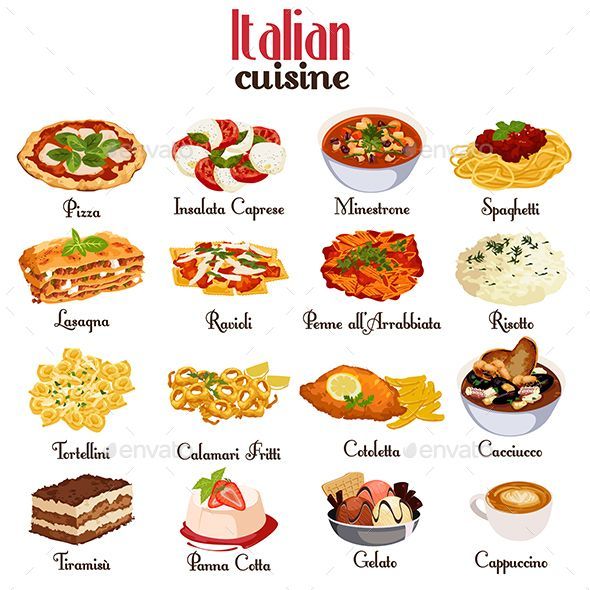The culinary relationship between Chinese and Italian food showcases fascinating contrasts and surprising similarities, among their distinct flavors, techniques, and ingredients from each culture.
Chinese cuisine is renowned for its diverse flavors and cooking methods, such as stir-frying, steaming, and braising. Key ingredients include soy sauce, ginger, garlic, and a variety of vegetables and meats. The emphasis is on freshness, balance of flavors, and textures.
Italian cuisine, on the other hand, is celebrated for its regional diversity and emphasis on simple, high-quality ingredients. Pasta, tomatoes, olive oil, herbs like basil and oregano, and cheeses like Parmesan are staples. Italian cooking highlights the natural flavors of ingredients with techniques like simmering, baking, and grilling.
Both cuisines prioritize fresh produce, meats, and seafood. They focus on simple yet rich flavors, allowing the ingredients to shine andusing herbs, spices, and seasonings to enhance taste.

However, since China is far away from Italy, there are also differences.
Chinese cuisine tends to be more diverse, with sweet, sour, salty, and umami flavors. Italian cuisine leans toward savory and bold flavors. While both use garlic and onions, Chinese cuisine incorporates ingredients like soy sauce, ginger, and Sichuan peppers. Italian cuisine relies on olive oil (very good for the heart), tomatoes, basil, and Parmesan cheese. Italian pasta (e.g., spaghetti, fettuccine) contrasts with Chinese noodles (e.g., lo mein, rice noodles).
But despite their differences, Chinese and Italian cuisines both focus on family-style dining. Both cultures also value the social aspect of food, where meals are often enjoyed together in a communal setting.
The culinary relationship between Chinese and Italian food reflects an exchange of culinary traditions. highlighting how cultures influence each other over time.
Famous examples of this exchange is the story of Marco Polo, who is often credited with bringing noodles from China to Italy in the 13th century. While the historical accuracy of this tale is debated, it symbolizes the broader exchange of culinary ideas between the East and the West.
Both Chinese and Italian cuisines emphasize the importance of fresh ingredients, simple preparation methods, and a balance of flavors. Pasta in Italy and noodles in China serve as staple foods, each adapted to local tastes and ingredients. In Italy, pasta dishes often feature olive oil, garlic, tomatoes, and a variety of cheeses, while Chinese noodle dishes might include soy sauce, ginger, and a mix of vegetables and meats.
But the culinary relationship extends beyond just noodles and pasta, ravioli and dumpling. Cooking techniques such as stir-frying in Chinese cuisine and sautéing in Italian, show a shared emphasis on bringing out the natural flavors of ingredients through quick, high-heat cooking methods. And most important, both cuisines place a strong emphasis on communal dining and the social aspects of sharing a meal, reflecting cultural values around food and community.
The culinary relationship between Chinese and Italian food illustrates how culinary traditions can travel, transform, enrich the global culinary landscape through continuous exchange and adaptation.
Both cuisines celebrate artistry, passion, and cultural heritage. Whether you’re savoring a plate of dumplings or a bowl of spaghetti, each bite tells a story of tradition and creativity. The cuisines aren’t just about food—they’re about connecting people, celebrating life, and sharing joy at the dinner table!
